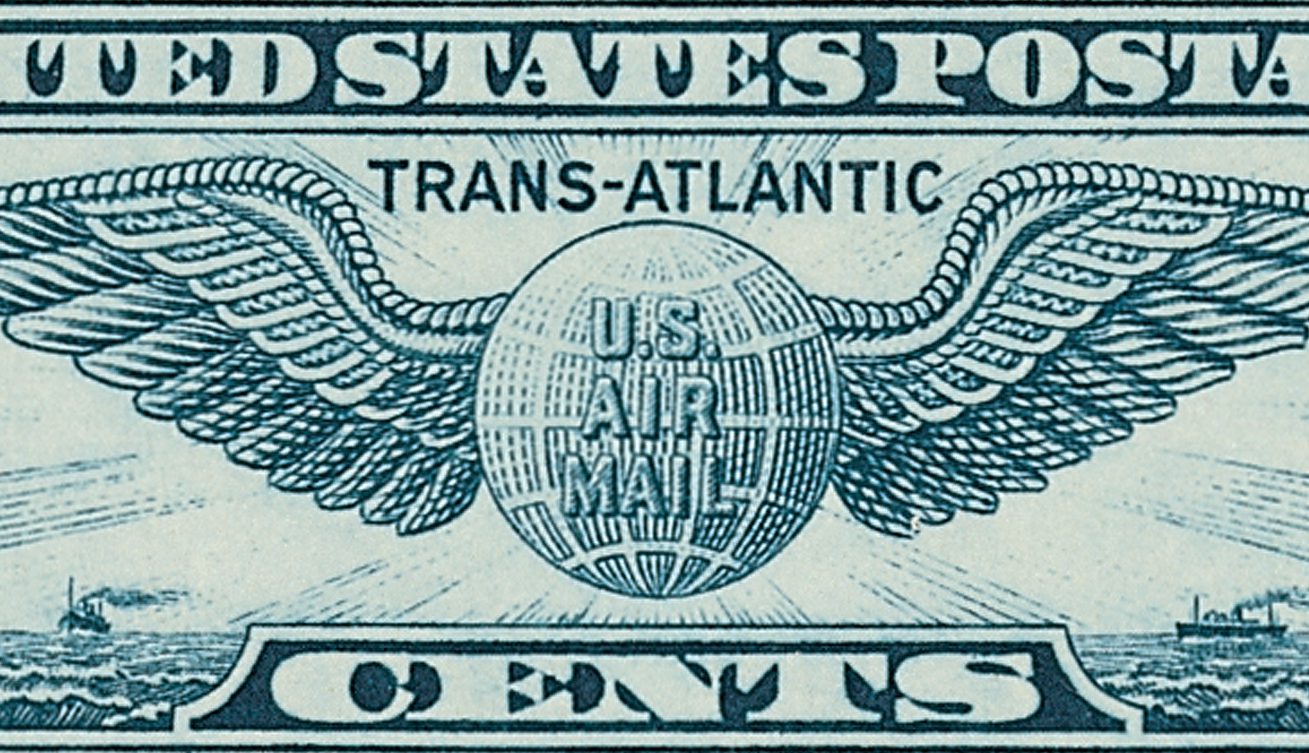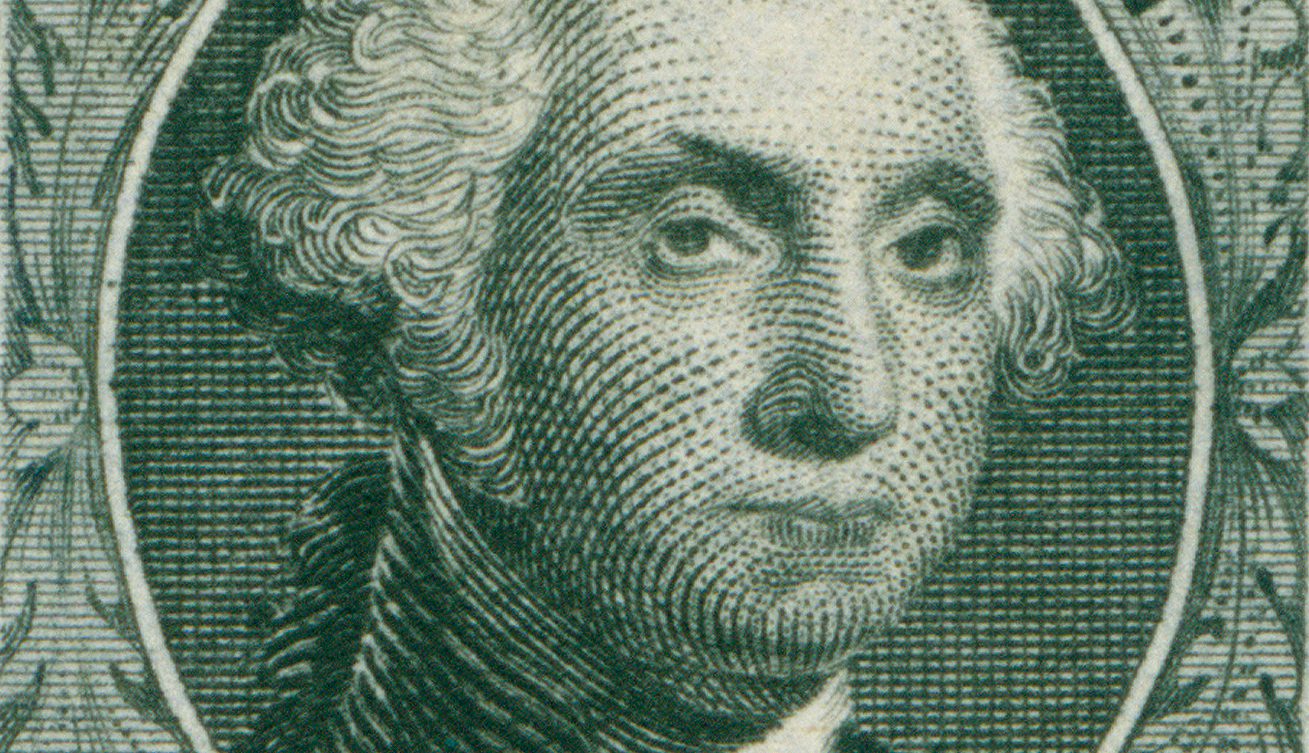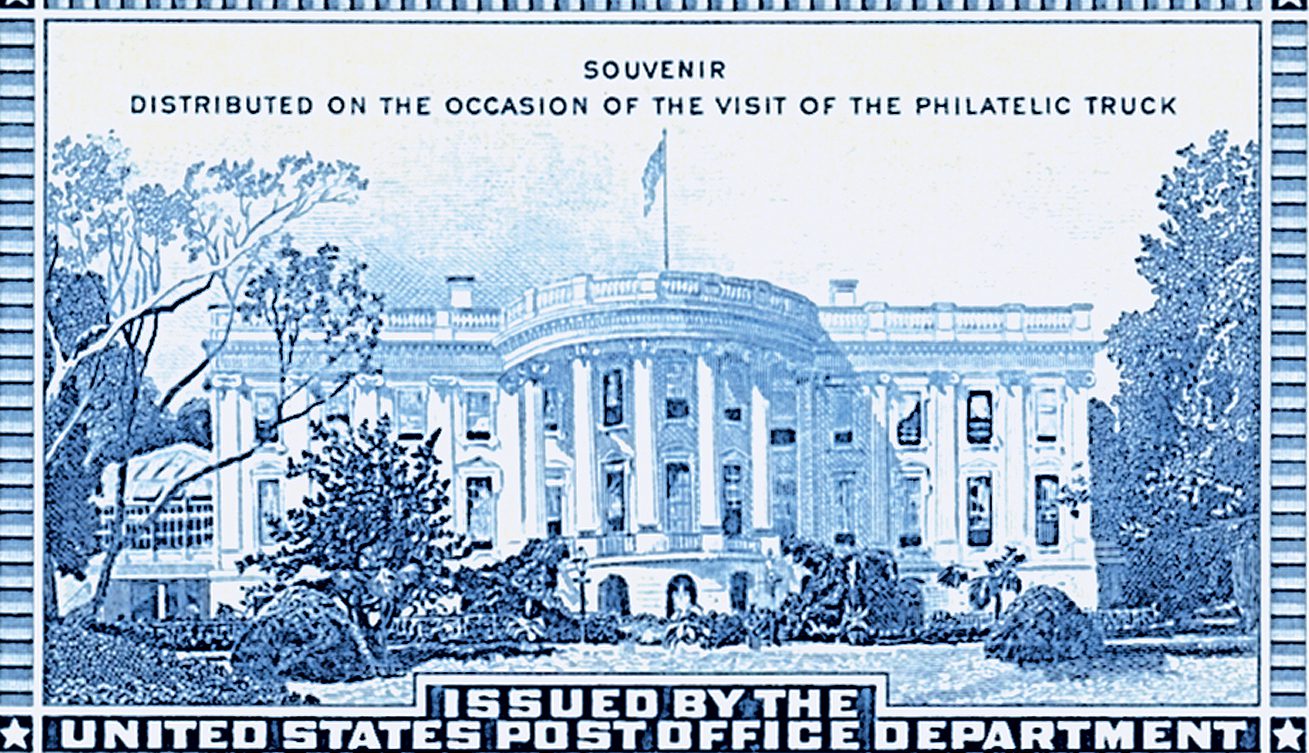Happy Birthday to Glenn Curtiss
Glenn Hammond Curtiss was born on May 21, 1878, in Hammondsport, New York. He designed the planes flown by most American WWI pilots, which were also used to carry the first airmail deliveries.

Glenn Hammond Curtiss was born on May 21, 1878, in Hammondsport, New York. He designed the planes flown by most American WWI pilots, which were also used to carry the first airmail deliveries.

On May 20, 1939, the US Post Office inaugurated its official trans-Atlantic airmail service to Europe. The new Yankee Clipper service flew from New York to France in 26 hours.

Johns Hopkins was born on May 19, 1795, in Anne Arundel County, Maryland. A successful businessman, he donated $7 million for the creation of schools and hospitals, the largest philanthropic gift in America up to that time.

William Henry Seward was born on May 16, 1801 in Florida, New York. Seward served as Abraham Lincoln’s secretary of state during the Civil War and later acquired Alaska for the United States.

On May 14, 1607, America’s first permanent English settlement was established at Jamestown, Virginia. The settlers struggled for several years but eventually built Jamestown into a thriving and successful community.

On May 13, 1918, the United States issued its first airmail stamp – US #C3. It carried America’s first airmail two days later, and sparked one of the world’s most famous stamp rarities.

On May 12, 1984, the Louisiana World Exposition opened its gates. It was the first world’s fair with an official mascot – a pelican named Seymore D. Fair.

On May 10, 1876, the first official World’s Fair in the United States was held in Philadelphia, Pennsylvania. The fair also commemorated the 100th anniversary of the signing of the Declaration of Independence.

On May 9, 1939, the Philatelic Truck departed the White House on a cross-country journey to introduce thousands of Americans to the exciting world of stamps.